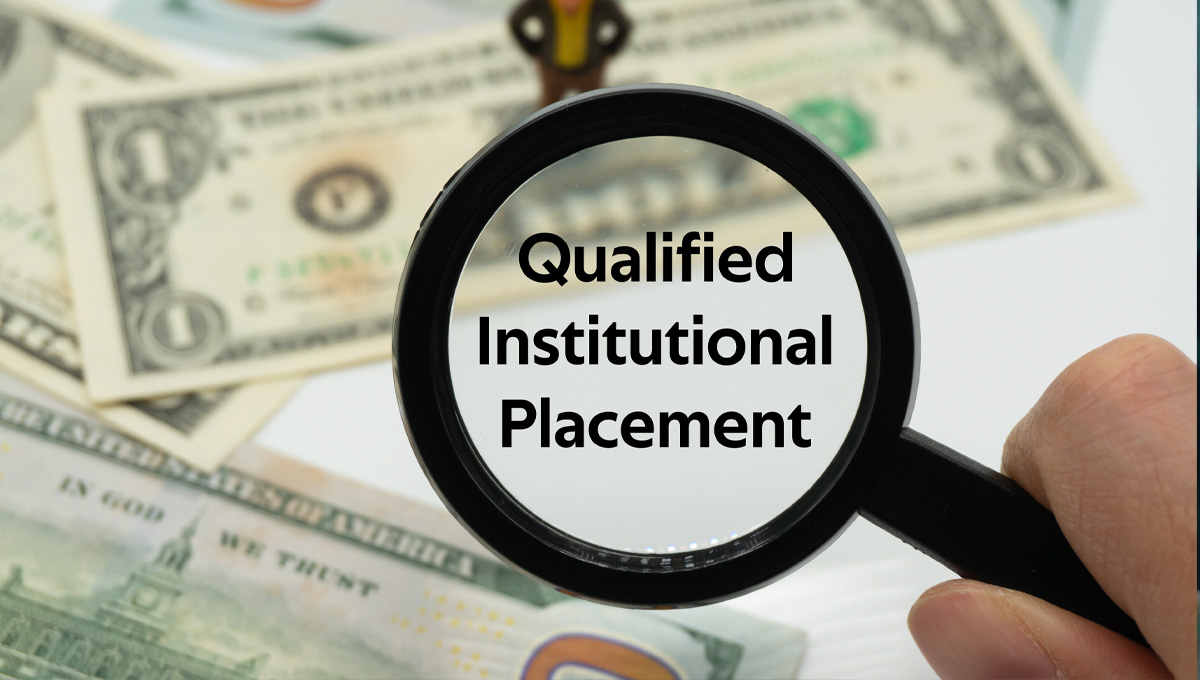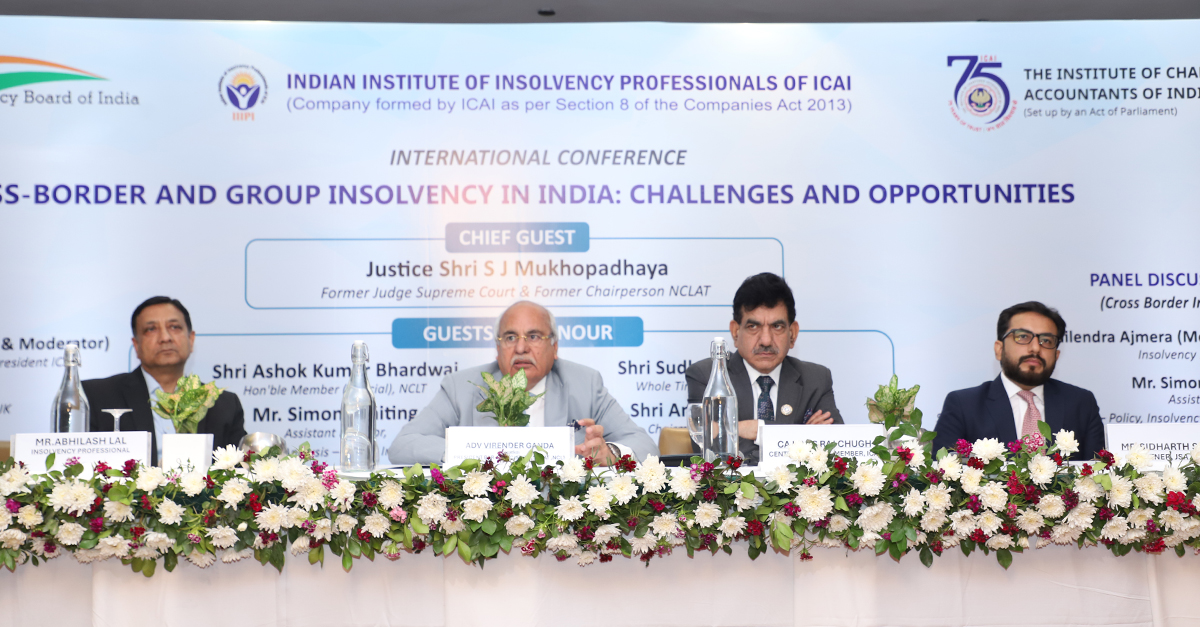India has made significant and commendable progress towards meeting its sustainability and climate goals. The nation’s commitment to sustainability has been enshrined as a central tenet of governance by the Supreme Court. A sweeping and broad-ranging set of initiatives have been launched, ranging from increasing its renewable footprint to creating a carbon sink to upscaling electric vehicle roll-out. As a result of these efforts, the country has ensured that it ends the decade on a positive note, and has laid a robust foundation to build on these successes in coming years. Of particular note is the rise in the installed capacity of solar power pursuant to the National Solar Mission, with a cumulative capacity of 36.9 GW having been commissioned as of November 2020, around 36 GW in development, and a further 19 GW tendered.
In coming years, thanks to financial support under the FAME scheme, we may expect to see over two lakh electric vehicles traversing India’s roadways, a development that is sure to put India firmly on the path to decarbonising its vehicular fleet. Going forward, it is imperative that India maintains momentum and start taking global centre-stage and leadership through both action and intent. In sync with and taking cue from international best practice, present climate resilience efforts may be bolstered by means of market based tools and instruments to fund, finance and incentivise climate action. It is time for the spotlight to be cast on climate finance to catalyse efforts to tackle climate change and for greening the economy. The Economic Survey has rightly highlighted the many successes, and it is for the budget to build on these foundations.
Viewpoint by Vishnu Sudarsan and Kartikeya GS.













